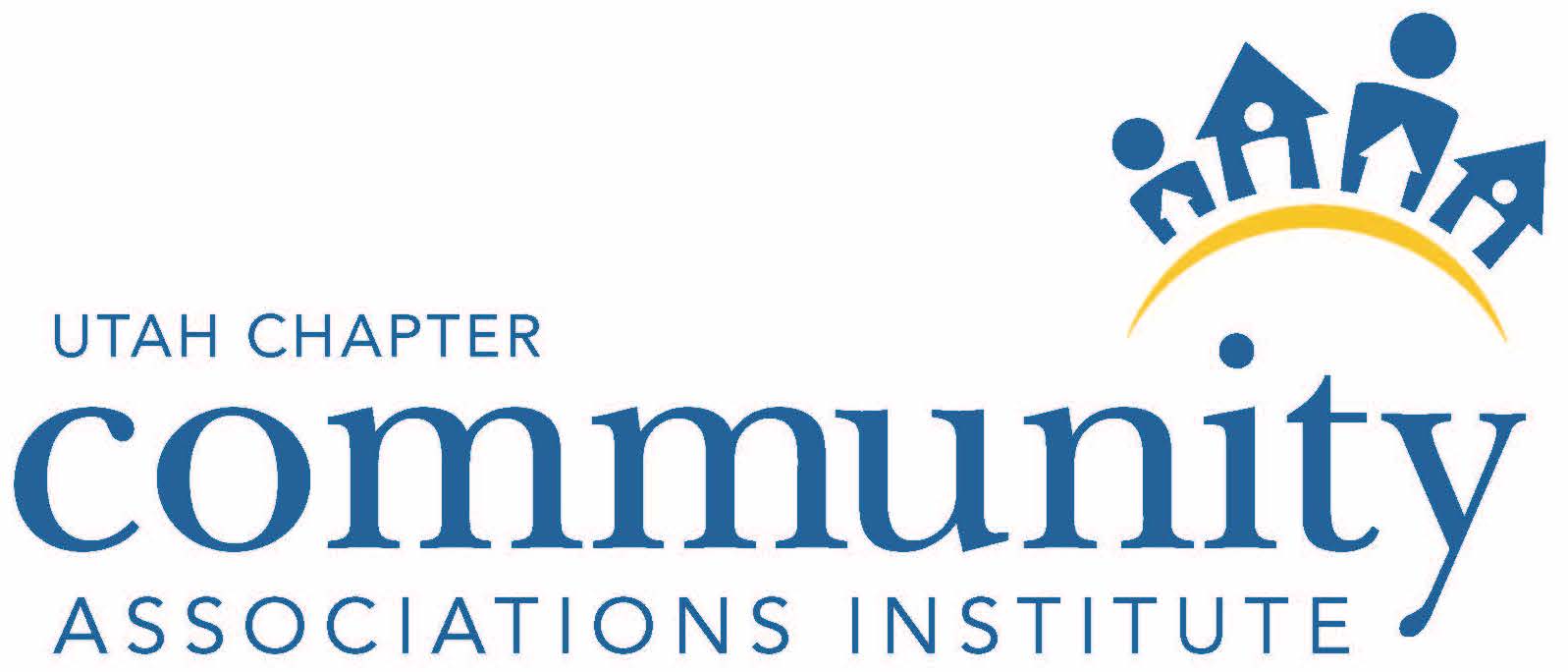Community Standards
Many refer to the process of ensuring community standards are being followed by the term “violation enforcement.” Others have come up with less abrasive verbiage. Regardless of what we call it, there’s an art and a science to the process.
One must first understand the hierarchy of documents and law. A simplified flow chart would read: Plat maps, applicable law, CC&R’s, Bylaws, Rules & Regulations, Board Resolutions. When an applicable law changes, it may not matter what the other rules state. It’s crucial to ensure what is being enforced is legal and reasonable.
As part of Board Resolutions, it is highly recommended to have a Fine Policy as well as a Collection Policy in place. Depending on the other documents, those two policies may be required to fine and collect.
One thing that Boards must understand is the purpose of violation enforcement is to uphold specific community standards. It’s not a revenue source to supplement budgets. It’s not to pay the cost of inspections. It’s not to line the pocket of management companies.
Because this is truly about community standards, there are some things that can be done to try to reduce the negative connotation. If there’s a new rule, or rules which are going to be enforced differently than in the past, send out a notice well ahead so owners are aware. Obviously, some notices are required, but even for things where no notice is required, it can make a dramatic difference letting people know in advance.
There’s some verbiage that is required in courtesy notices or warnings which isn’t very friendly. Make sure you supplement that with language that is as caring and understanding as possible. Follow the process the same for every homeowner every time. It’s important to remember to avoid even the appearance of selective enforcement, discrimination, or harassment.
Timelines between steps can vary depending on whether the violation is reoccurring or continuous. It’s important to consider that difference when enforcing community standards.
Typically, the fines progressively increase with each additional violation of the same standard. For the most effective and efficient means of getting the desired results it is crucial to follow the timelines and fine policy to the letter of the law. If a Board later decides that circumstances warrant fee refunds in a particular situation, they have that ability, however the process and steps should be followed the same every time. There may be limits to how much an owner may be fined per month. Those caps can be due to the fine policy or other governing documents, or they could be laid out in the Condo Act.
There are other guidelines regarding collection of fines and how after a specific period, unpaid fines can be collected the same as if they were unpaid assessments. Keep the HOA Registry updated to ensure lien rights aren’t negatively impacted.
However, always remember that any violation process should first be intended to uphold and support specific community standards.

